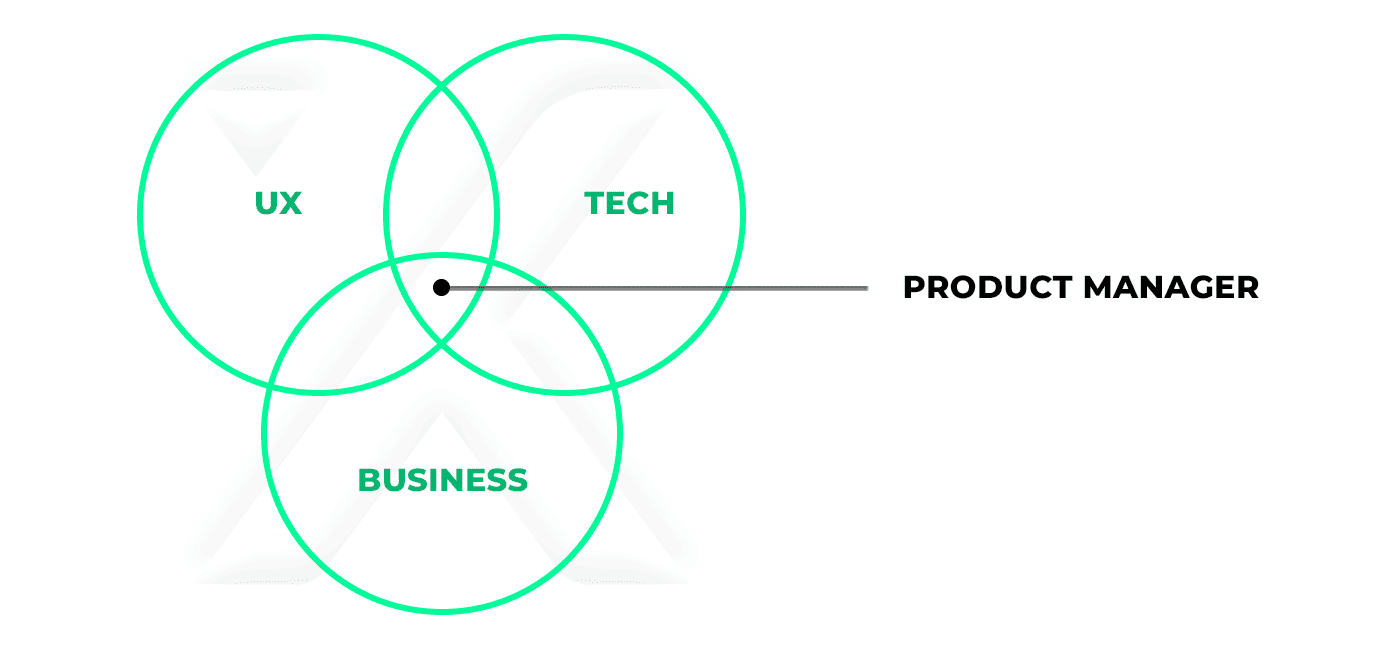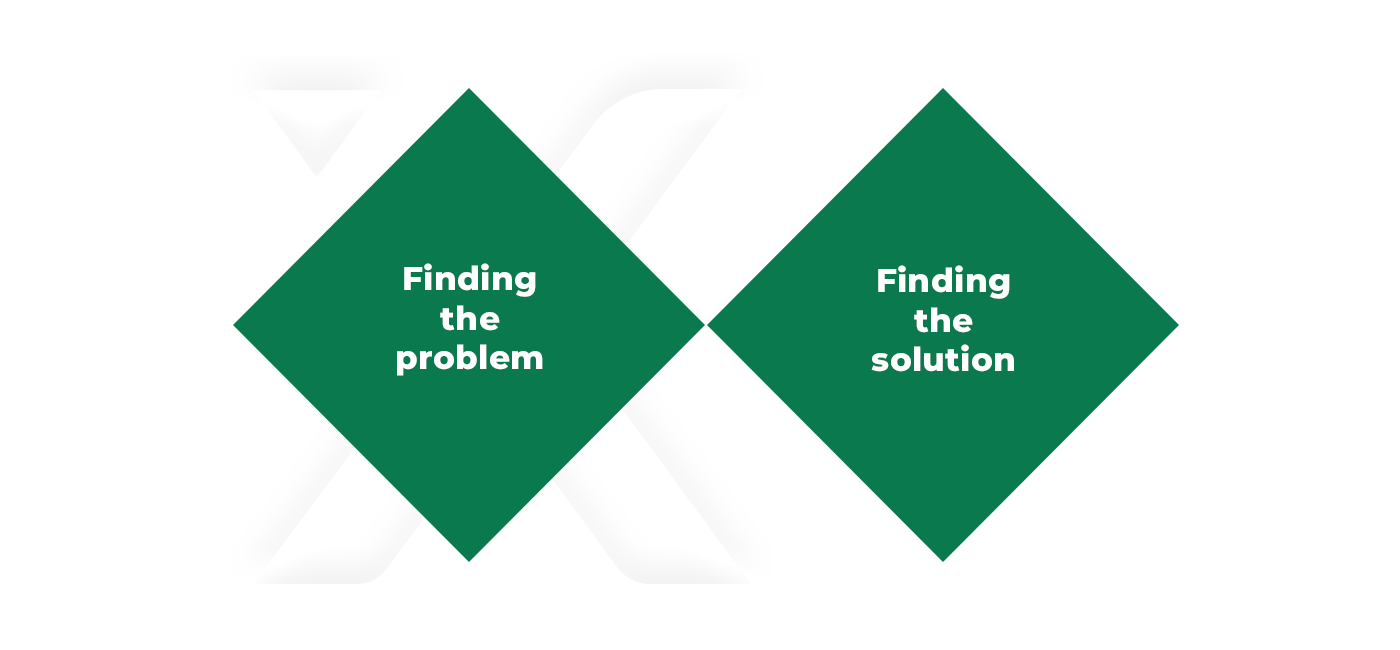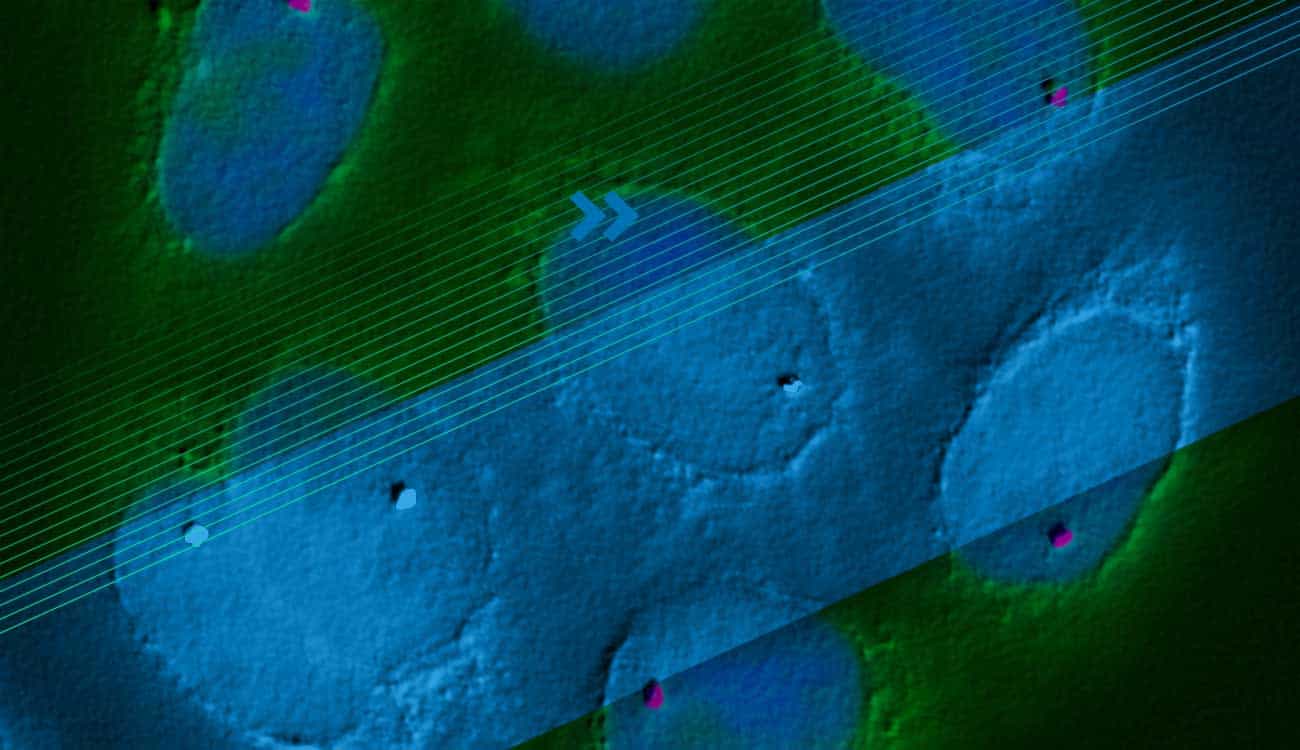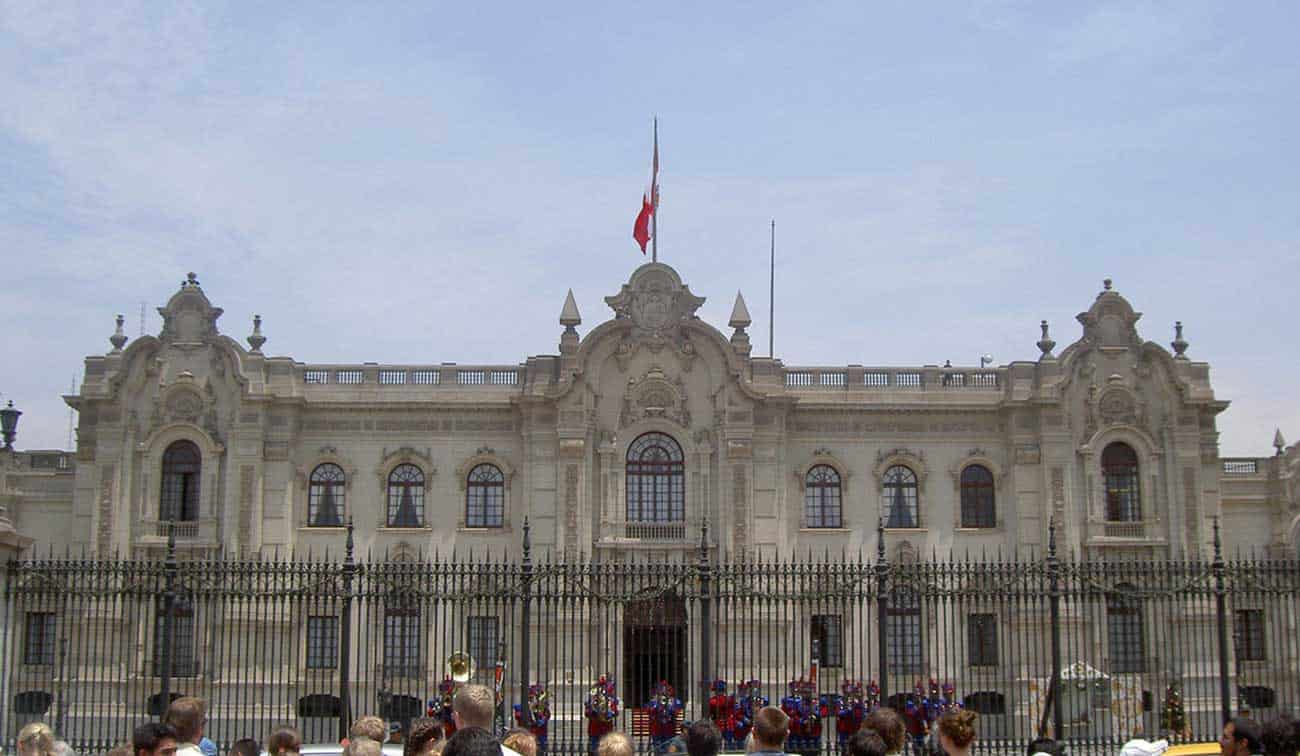Today we had our Morning Coffee with Franco Fagioli, Head of Product and UX at Despegar
Contxto – What does a product manager do? What is there to manage? How can we handle the expectations of multiple clients (internal and external) and define a backlog for the main product of a billion-dollar-plus company listed at NYSE and being visited by millions of users?
Product management is, by far, one of the toughest positions to define. I struggle with the definition every time a friend or family member asks me about what I do at Despegar. I usually stick with Marty Cagan definition:
“The job of a product manager is to discover a product that is valuable, usable, and feasible”

This simple definition demands the product manager to stand in the intersection of the business (valuable), the user experience and interaction with the product (usable), and the technical specifications and limitations (feasible).
I’m lucky to say that this is the exact configuration we have at Despegar. Every product team is conformed by UX customer-obsessed experts (design, content, and research), our data-driven product analyst, and awesome developers. Expanding the picture, we also work side by side with a dedicated data science team and the commercial and marketing departments.
Although at the intersection of these roles, product management is not the mix but a completely different endeavor. Product management is not engineering, is not marketing, is not designing, is not having an MBA nor is being a project manager.
Do product managers often wear these hats? Sure. Do you need a product manager to wear these hats? If you have the right people wearing the right hats in a company, as we do, you don’t. Micromanaging can only diminish speed and innovation while taking away precious time to prioritize and deliver the right product to your users.
The product as a startup
I agree with Cagan and Horowitz that the role that is most similar to that of a Product Manager is the job of CEO (minus the huge salary and the “being the boss” part). Our main responsibility is to enhance intense collaboration within the team and gain a broad understanding of all the parts of the business in order to solve real problems for customers.
Eric Ries also implied a similar role for the Product Manager in his newest book. He defined “startups (cells) as atomic unit of work” as one of the five principles behind The Startup Way:
“In order to create cycles of continuous innovation and unlock new sources of growth, companies need to have teams that can experiment to find them. These teams are internal startups, and they require a distinct organizational structure to support them”
The job is to discover a product that is valuable, usable, and feasible
The cell configuration used at Despegar enables us to handle product discovery while not losing focus on the execution of on-going features. Having full-time UX (user experience) researchers involved in the product strategy and feature decisions allows us to shorten the distance between the team and our users.
We believe that being customer-centric is not when you can’t stop talking about your users, but when you don’t stop hearing about them in your organization. Thus, talking to customers, running usability tests, or analyzing a click test are musts in our daily decision making.
What’s more, one of our KPIs (key performance indicators) last semester was running a customer journey map to further understand the importance of luggage for our Brazilian and Colombian users in the process of booking a flight.

An exploration phase is critical to innovation because, without it, it is impossible to iterate towards a transformative solution. With innovative, discovery research, we try to truly comprehend what a customer is trying to achieve by using our product.
In the words of Clayton Christensen:
“Customers don’t buy products or services; they pull them into their lives to make progress. We call this progress the job that they are trying to get done. We define a job as the progress that a person is trying to make in a particular circumstance.”
Understanding the problem or struggle enables us to build roadmaps based on customer problems and not a list of features. Innovation does not come from creating whistles for our product, hot trends like virtual reality or emulating our competition. It focuses on solving customer problems and it will demand customer insights and research.
This customer-centric focus helps us to say no and prioritize what to develop. Any change to the product that doesn’t help solve one of those problems is eliminated from the backlog. Instead of promising to build a specific feature, the team commits to solving a specific customer problem.





